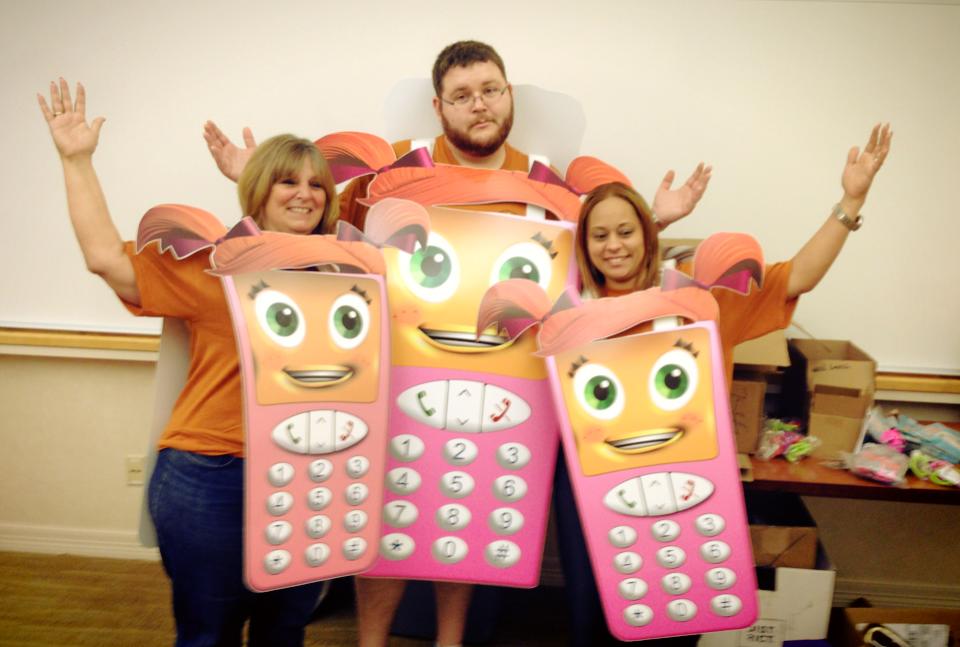Safety is always of the upmost importance, so follow
these tips to make sure your kids stay safe during the holiday season!
Ø Never
leave small children home alone. Make sure to leave them with a trusted
babysitter, family member or friend.
Ø When
shopping, make sure to always keep an eye on your child. Teach your child to go
to a store clerk to ask for help if they get lost or separated from you.
Ø Always
accompany your child to the restroom. Holiday shopping means lots of people
everywhere so it is important to stay close by your child to keep them out of
harm’s way.
Ø Never
leave a child unattended in the car. Strangers could be watching and a child is
safest when they are by your side.
Ø Make
sure your children know their full name, address and phone number in case they
get separated from you.
Ø Always
remind your child to talk to an adult if they feel like a stranger is bothering
them.
Ø When
cooking at home, do not leave hot stoves unattended. Keep children from
accidently getting burned.
Ø And
most importantly: remind your child that if they are in an emergency or feel
they are in danger, to find the nearest phone or adult and call 9-1-1.
Cell Phone Sally hopes everyone has a safe and happy
holiday! Check out the video below for some more holiday safety tips from the
U.S. Consumer Product Safety Commission!





